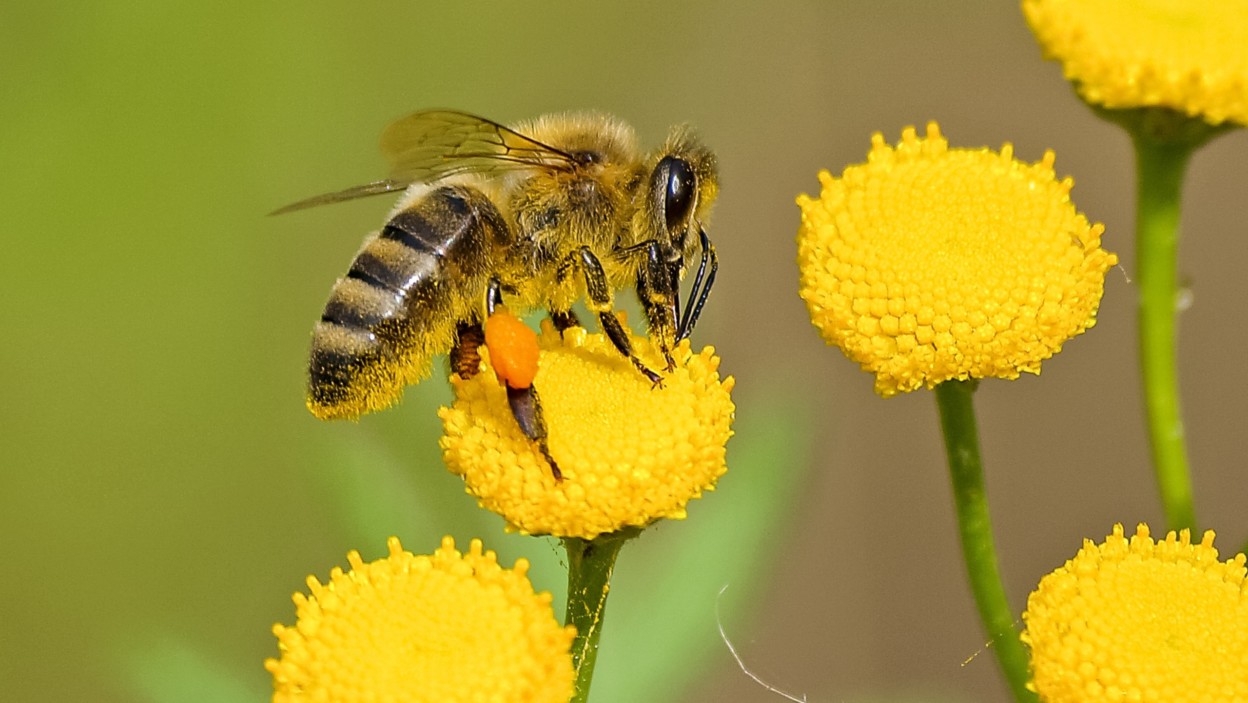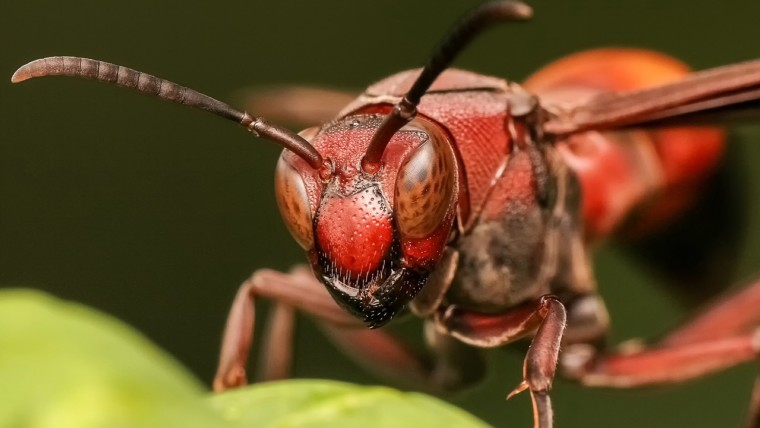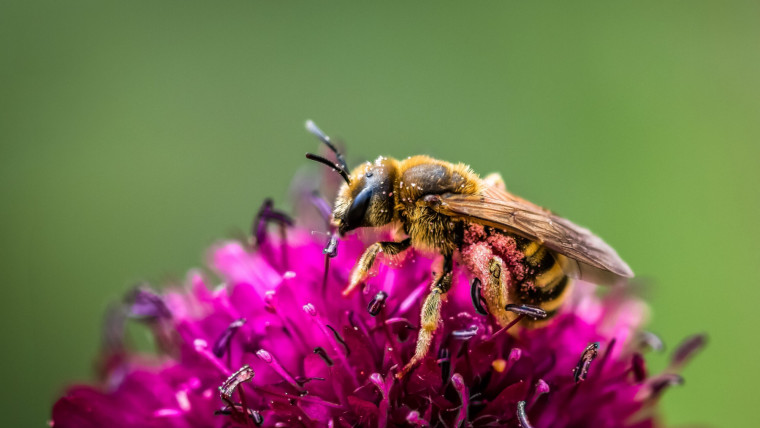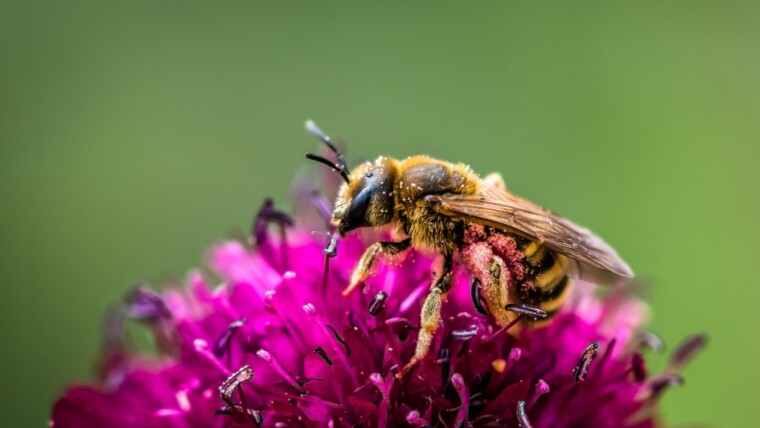Honey bee sting treatment is something that if you’re dealing with it you want an immediate protocol for dealing with the pain and uncertainty of addressing this issue. Immediate pain at the site of a bee sting is the expected norm. It’s usually sharp and burning and can last for a few seconds to several minutes. A red mark left that is swollen and itching will likely follow. This swelling and itching can occur in the areas immediately surrounding the initial site of the sting. The swelling reaches it’s hight at about 48 hours after the initial sting and can last for up to a week. You should seek emergency medical treatment if you have a severe allergic reaction to a bee sting that indicates anaphylaxis, regardless of the small number of symptoms you might have.
Remove A Stinger As Soon As Possible
Every effort should be made to remove an embedded bee stinger as soon as possible. The longer a bee stinger remains in the body the worse the potential allergic reaction can be. Hornets, wasps, and yellowjackets do not leave stingers. However, these cousins of the honey bee can cause an anaphylactic reaction as well. If you are stung and do not see any signs of an allergic reaction you can treat the pain with an over the counter pain reliever such as ibuprofen. You can use a topical cream such as hydrocortisone or calamine lotion to lessen redness, itching, and swelling.
Outward Signs Of A Sting Improve In A Week
Stings that don’t show signs of an allergic reaction can be expected to improve within a week. When bees sting they release a venom containing a chemical called melittin which causes an immediate reaction of the pain receptors leading to a burning sensation. Additionally, the bees stinger has a jagged edge which causes it to dislodge from the bee and remain in the body of the attacked victim. If you are wondering if a bee sting will become infected this is usually not the case. On the rare occasion when an infection does occur the indicators are similar to most common infections.
A Black Dot Can Indicate The Stinger Remains
If you see a black dot at the site of the sting this means the stinger is still embedded in the skin and must be removed. It should be noted that this is only the case with bee stings. The best way to remove a bee stinger is by scraping it off. If after the scraping off of the stinger leaves slight residual remains it will likely fall off on its own without further effort on your part. Whatever you do refrain from squeezing the stinger because this can result in the release of more venom into the skin.
A Bee Stings As A Last Resort
A honey bee will only sting as a last resort because the deployment of the stinger will result in the death of the attacking bee. When a honey bee stings it loses its stinger as well as vital biological material such as its abdomen, digestive tract, nerves, and muscles. This extreme dismembering of the bee kills it, honey bees are the one bee that dies after stinging its victim.
Clean The Area Of Sting Immediately
When you are initially stung by a bee your first reaction should be to wash and apply ice to the area of the sting as soon as possible. This will reduce swelling of the sting site, should the person stung show any signs of an allergic reaction they should be taken to the nearest emergency room to get immediate attention. Time is of the essence as this can be a life-threatening situation.
Some of the symptoms of an allergic reaction to a bee sting are:
Dizziness, trouble breathing, stomach cramps, nausea or diarrhea, swelling of the tongue, throat, and face. Hives, itching, and swelling of parts of the body not just the site of the initial sting. These are some of the indicators and subsequent treatment protocols for dealing with being stung by a honey bee.








Bee Sting Relief Effective Treatments and Quick Remedies
Beyond Honey: Surprising Solutions for Bee Sting Pain
The Importance of Quick Action: Treating Bee Stings at Home
Emergency First Aid for Bee Stings: A Step-by-Step Guide